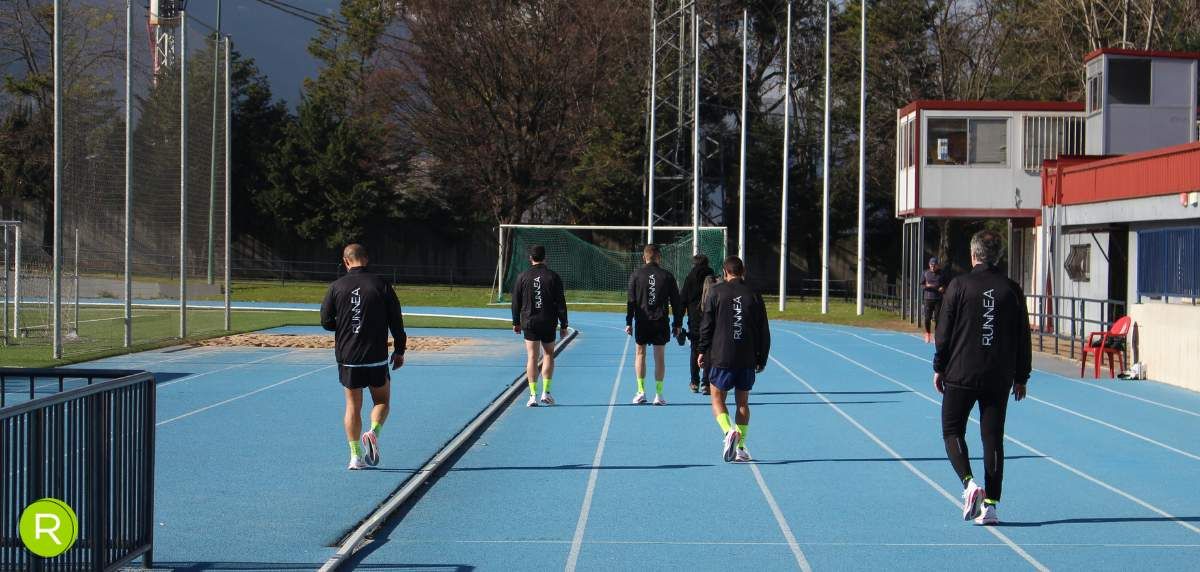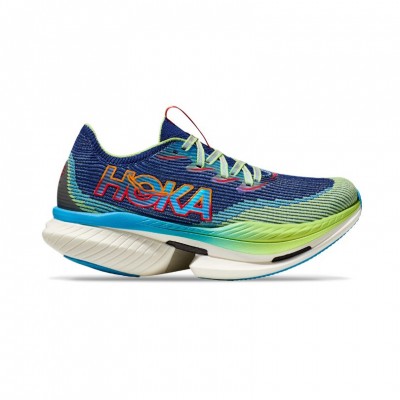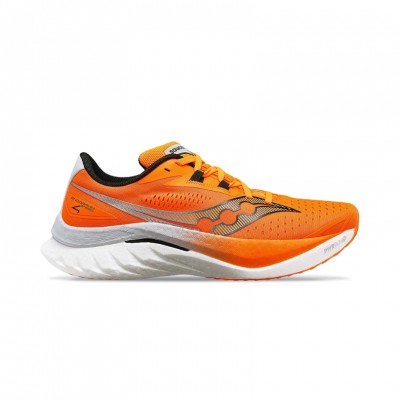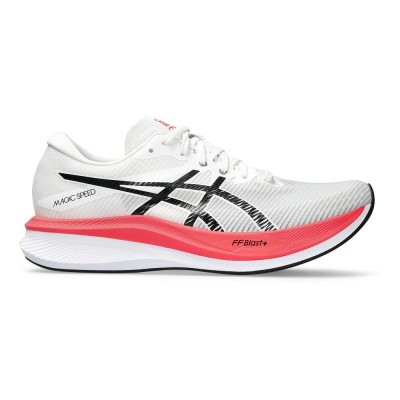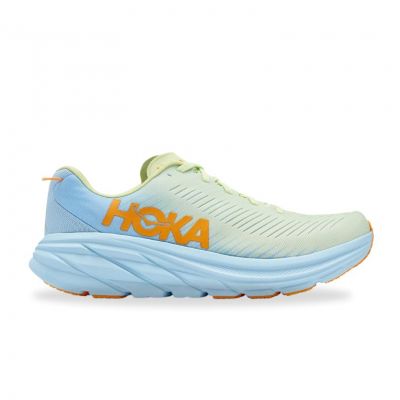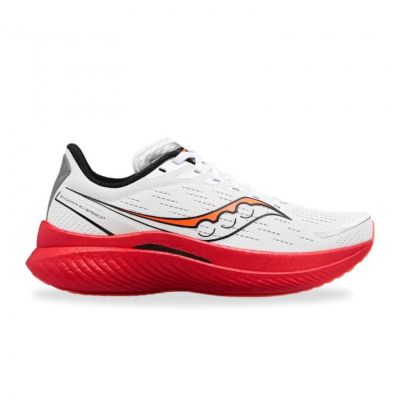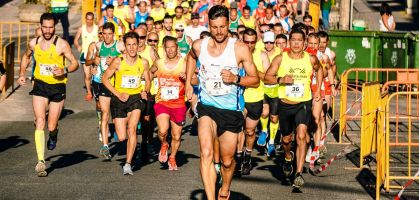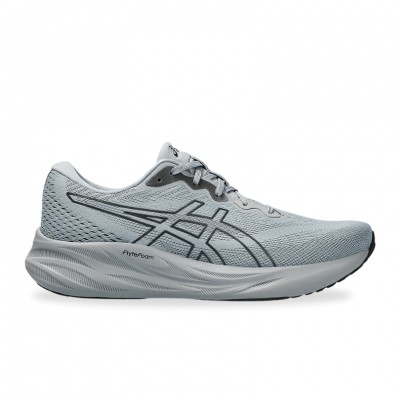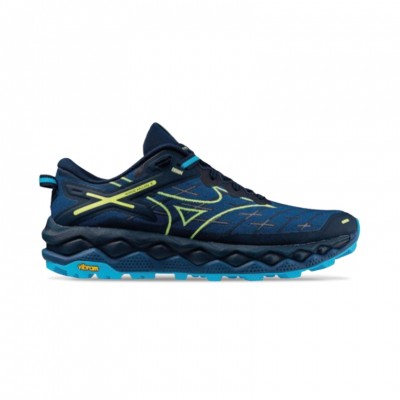You may be interested in:
It is more than obvious that we love running. That feeling of freedom and concentration that we feel at the same time is comparable to very few things in this life. The truth is that once you have mastered the discipline, you can enjoy it at any time, whether you are doing the different training sessions or competing in a race. They don't need to be large distances or durations, a few minutes of running are enough to get absolute enjoyment out of it.
Not sure which shoe to choose?
In a few simple steps we help you to choose the ideal running shoe for you.
GO TO THE RECOMMENDEROnce we get into the habit of putting on our running shoes and going out to train on a continuous basis, in addition to the improvements in performance, we experience the need to try workouts that we had not done before or to take on distances that until then seemed unattainable. Let's say that running is one of the best recipes for improving motivation and self-improvement, which we can extrapolate to other areas of our daily lives.
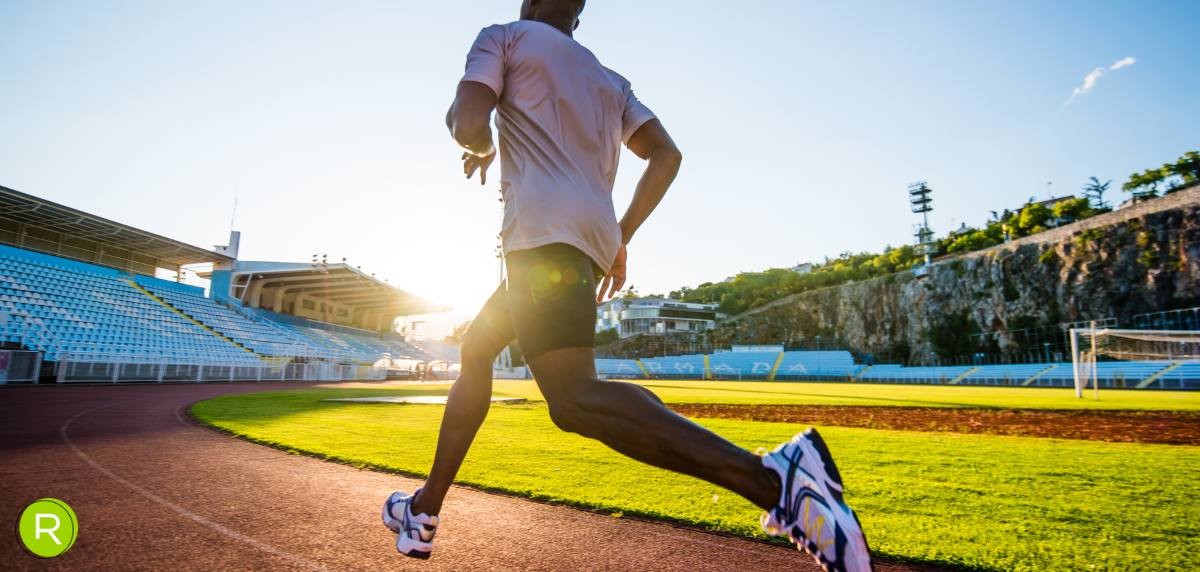
When it comes to training differently, in most cases we opt, on the one hand, to increase the intensity or duration of our sessions, including types of training such as fartlek or series. Gradually we will also be able to try those longer runs that challenge the capacity for physical endurance, but also mental strength. On the other hand, we will also gain the confidence to train on other types of courses or other circuits, running in areas with possible hills or in more natural environments such as trails, forests or the mountain itself.
But it is possible that there is a space that has been labeled or prejudged for the use of high-level runners or athletes more focused on speed or middle-distance events. We're talking about running tracks. You have probably never run in one of them, but the truth is that training in them brings a number of benefits to our training. Do you want to know which ones? Well, pay attention, because we're going to tell you about them below!
Is track training for me?
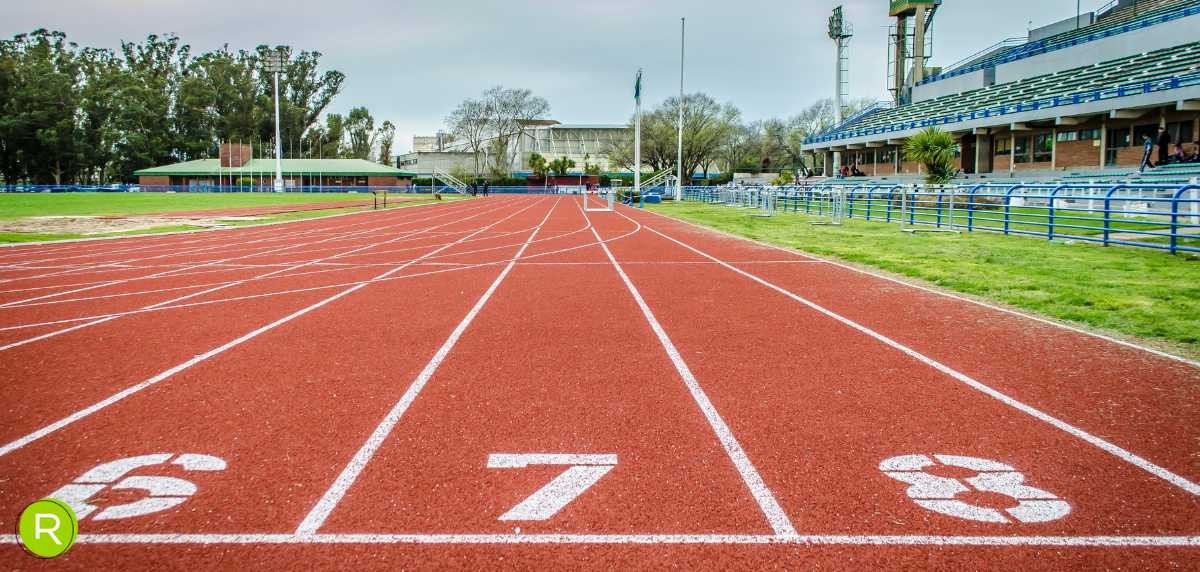
We believe that at this point it would be rather absurd to explain what a running track is, since we are sure that everyone has seen it in a sports facility, on television or in a documentary about sports, for example. However, as a reminder, we should mention that it is an oval track with a "rope" of exactly 400 metres in its innermost part. Its width usually ranges between 6 and 8 lanes and it is usually used for all types of track and field events, such as running, racewalking, throwing and jumping.
The main characteristic of a running track is its surface, which is made of a synthetic material that is both soft and reactive. This allows the impact of each step to be cushioned to a certain extent, while at the same time allowing energy to be harnessed thanks to the compound with which the track is built. Another peculiarity of the track is that it is 100% flat, i.e. it has no unevenness whatsoever, which makes it possible to run really fast, within the capabilities of each runner.
The world's best marks have been achieved on running tracks, from the 100-metre dash to the 10,000-metre run.
Despite the fact that major competitions and world events are organized on running tracks, we should not think that their use is exclusive to professional or high-performance athletes. Runners of all levels can benefit from training on them, both for the added advantage of being able to run at really fast paces due to the absence of unevenness and steep turns, and for its protective capacity at for the joints.
Benefits of track training
Training on a running track, if our goal is to compete in an asphalt race, should not be done on a daily basis, but training on it once or several times a week can bring us the following benefits.
Running fast
Training on a running track will allow us to maintain high paces because there is no change of slope or sharp turns and because of the certain reactivity that the tartan is able to generate. Therefore, it will be an ideal place for high-intensity sessions or for series where we have to maintain a very specific pace for several minutes.
Mixed sessions
Just as you can run very fast on the track, it can also be used as a place to train different contents, as it allows you to have a soft running session, combined with running technique exercises, progressive straights or sprints. The good thing is that it is a relatively small space where we have everything at our fingertips and, if the track is located within a sports center, we can even make use of their toilets, locker rooms or other spaces such as the gym or pool.
Accuracy of distances
If there is something we don't like too much about heart rate monitors & sports watches, it is the margin of error they have when measuring distances. This slight lack of precision can be solved by training on a running track, since the distance is always fixed and is checked upon construction. Therefore, if you really want to know at what pace you are running, you only have to record the time you take to complete a lap or measure the steps for each kilometer. But be careful, it is not the same to run along the first lane as it is to run along the furthest one.
These are the distances per lap:
- Lane 1: 400 metres
- Lane 2: 407.037 metres
- Lane 3: 414.702 metres
- Lane 4: 422.368 metres
- Lane 5: 430.033 metres
- Lane 6: 437.699 metres
- Lane 7: 445.364 metres
- Lane 8: 454.915 metres
Reduction of the impact effect
The material with which running tracks are constructed is softer than asphalt itself, which will ultimately help minimize the negative impact of each landing on the ground. Alternating this surface with asphalt will help us not to overload our muscles excessively and thus allow us to keep discomfort and injuries at bay. Another option is to use the track for regenerative runs.
Opportunity for refreshments
The fact that we are constantly making 400-metre laps means that we inevitably pass the same place over and over again. This is a great excuse to introduce into the training session hydration and/or food, since we will not have to carry it with us. In this way, we will ensure, on the one hand, a correct intake of fluids and nutrients and, on the other hand, it will help us to work on nutritional and hydration strategies for middle and long distance races.
Change of scenery
There comes a time when always training in the same place gets boring. Alternating asphalt runs with some track sessions will allow us to switch our mindset and face training with a much more positive mental state. Predisposition and Motivation are two of the keys to achieving a good performance and for the training to go as planned.
What to keep in mind
Before we finish, we would like to leave you with some tips so that training on the track is not a burden, but a way to squeeze your workouts and, above all, enjoy what you like to do most, which is running.
- Use the finish line and break line to record your 200m, 400m or 1000m pace split times
- If you want to do a lap or several laps in the shortest possible time, always run close to the "rope", i.e. in the innermost possible area and do not run in the surrounding lanes, not even on the curves
- Try not to always run in the same direction to avoid overloading a particular area of the musculature, you can do the warm-up in one direction and the main training in the other, or even do each series in one direction
- Use the outer lanes for warm-up or light runs and use the inner lanes for more intense paces
- If there is someone training at the same time as you and they are running faster, be attentive to let them pass so as not to hinder them
- Don't follow in someone's wake without permission or without asking, it's rude to stick to someone just to try to follow their pace
- If you are going to run as a group, try to occupy as little space as possible, training in rows of 2 or 3 people at the most
- The surface of the track gets hot and emits heat on hot days, which can be uncomfortable the first few times
Read more news about: Running Training
